In the wake of the end of WWII, France witnessed the bulk of their luxury car makers fizzle out of business. Bugatti, Delahaye, and Talbot-Lago had all either left the market or we're hanging by a thread by the mid-50s. It was out of these ashes that Facel Vega sprung forth onto the market. Founded in 1939 by Jean Daninos, Facel, an acronym standing for FACEL 'Forges et Ateliers de Construction d'Eure-et-Loir' (in English: forge and construction workshop of the department of Eure-et-Loir), was a metal stamping company that built bodies for the likes of Panhard, Simca, and the aforementioned Delahaye. It was in 1954 the company decided to go into production of complete cars, with its first swing at the market coming in the form of a sleek and sporting coupe, designed by Daninos, and powered by a reliable Chrysler Hemi V8. Open and airy in design, the pillar-less FV, and later HK500, was swift and luxurious—a unique alternative to a Bentley Continental or Maserati 3500. They were quickly snapped up by wealthy industrialists and glitterati alike, proving the company's slogan: "The Few Who Own the Finest". Improving on the concept, it was determined in short order that Facel's market could be expanded by adding a couple more doors. Only two years after the introduction of the first Facel Vega coupe, the Excellence sedan was unveiled. Clocking in at just under 17.5' long, with 125" spanning between the wheels, and tipping the scales at 4,200 pounds the Excellence was made to American proportions—a Hermès suit in size 50, extra long. Featuring elegant slab sided styling with pillarless suicide doors (beating the Lincoln Continental to the punch by a full 5 years), a wrap-around windscreen and subtle fines held sway in the front and rear, respectively. Inside, driver and passengers alike were coddled by soft and sumptuous leather seats, chrome fixtures, and the classic Facel Vega dashboard that featured an aircraft-like complement of gauges set in a dash of hand painted wood grain. In the back seats, the wood grain theme continued on the backs of the seats, along with a vanity and a second radio head unit. Power windows where, of course, standard. Production began in May of 1958. Under the hood in the first edition of EX cars was Chrysler's 392ci Hemi V8, but this engine was virtually out of production by the time Facel released the Excellence, so only seven were built as equipped. The next iteration, the EX1 released in October of 1958, featured the 361ci, 360hp "Wedge" V8. Offered with either a TorqueFlite automatic or Pont-à-Mousson manual, the Excellence could reach 140mph with either transmission. From 1959 on, optional disc brakes hauled the big car to a stop. July 1961 saw the introduction of the final version of the Excellence, the EX2, which dropped the wrap around windscreen, smoothed out the tail fins, added turn-down door handles with improved latches, chassis improvements derived from the HK500 and Facel II mitigated earlier chassis flex problems, and featured the big 383ci, 390hp V8 under the front lid. The offered example is a late production EX1. Equipped with the Wedge V8 and an EX1 serial number, this 1960 model includes many of the styling and mechanical elements of the EX2. Gone is the wrap-around windscreen in place of a more modern looking unit that included quarter windows in the front of the doors. Additionally, the '50s era tail fins have been shaved down to more elegant ridges atop the rear fenders and the EX2's turn-down door handles are present. Under the skin, an integral power steering box eliminated certain inherent design problems, the more modern frame that became derigeur in the EX2 is featured, and four wheel disc brakes brought the whole affair to a halt.. Finished in burgundy over black leather, according to Facel Vega club records, it is the car was delivered new to the French consulate and used by Hervé Alphand, the ambassador to the United States from 1956 to 1965. During the Kennedy Administra
In the wake of the end of WWII, France witnessed the bulk of their luxury car makers fizzle out of business. Bugatti, Delahaye, and Talbot-Lago had all either left the market or we're hanging by a thread by the mid-50s. It was out of these ashes that Facel Vega sprung forth onto the market. Founded in 1939 by Jean Daninos, Facel, an acronym standing for FACEL 'Forges et Ateliers de Construction d'Eure-et-Loir' (in English: forge and construction workshop of the department of Eure-et-Loir), was a metal stamping company that built bodies for the likes of Panhard, Simca, and the aforementioned Delahaye. It was in 1954 the company decided to go into production of complete cars, with its first swing at the market coming in the form of a sleek and sporting coupe, designed by Daninos, and powered by a reliable Chrysler Hemi V8. Open and airy in design, the pillar-less FV, and later HK500, was swift and luxurious—a unique alternative to a Bentley Continental or Maserati 3500. They were quickly snapped up by wealthy industrialists and glitterati alike, proving the company's slogan: "The Few Who Own the Finest". Improving on the concept, it was determined in short order that Facel's market could be expanded by adding a couple more doors. Only two years after the introduction of the first Facel Vega coupe, the Excellence sedan was unveiled. Clocking in at just under 17.5' long, with 125" spanning between the wheels, and tipping the scales at 4,200 pounds the Excellence was made to American proportions—a Hermès suit in size 50, extra long. Featuring elegant slab sided styling with pillarless suicide doors (beating the Lincoln Continental to the punch by a full 5 years), a wrap-around windscreen and subtle fines held sway in the front and rear, respectively. Inside, driver and passengers alike were coddled by soft and sumptuous leather seats, chrome fixtures, and the classic Facel Vega dashboard that featured an aircraft-like complement of gauges set in a dash of hand painted wood grain. In the back seats, the wood grain theme continued on the backs of the seats, along with a vanity and a second radio head unit. Power windows where, of course, standard. Production began in May of 1958. Under the hood in the first edition of EX cars was Chrysler's 392ci Hemi V8, but this engine was virtually out of production by the time Facel released the Excellence, so only seven were built as equipped. The next iteration, the EX1 released in October of 1958, featured the 361ci, 360hp "Wedge" V8. Offered with either a TorqueFlite automatic or Pont-à-Mousson manual, the Excellence could reach 140mph with either transmission. From 1959 on, optional disc brakes hauled the big car to a stop. July 1961 saw the introduction of the final version of the Excellence, the EX2, which dropped the wrap around windscreen, smoothed out the tail fins, added turn-down door handles with improved latches, chassis improvements derived from the HK500 and Facel II mitigated earlier chassis flex problems, and featured the big 383ci, 390hp V8 under the front lid. The offered example is a late production EX1. Equipped with the Wedge V8 and an EX1 serial number, this 1960 model includes many of the styling and mechanical elements of the EX2. Gone is the wrap-around windscreen in place of a more modern looking unit that included quarter windows in the front of the doors. Additionally, the '50s era tail fins have been shaved down to more elegant ridges atop the rear fenders and the EX2's turn-down door handles are present. Under the skin, an integral power steering box eliminated certain inherent design problems, the more modern frame that became derigeur in the EX2 is featured, and four wheel disc brakes brought the whole affair to a halt.. Finished in burgundy over black leather, according to Facel Vega club records, it is the car was delivered new to the French consulate and used by Hervé Alphand, the ambassador to the United States from 1956 to 1965. During the Kennedy Administra

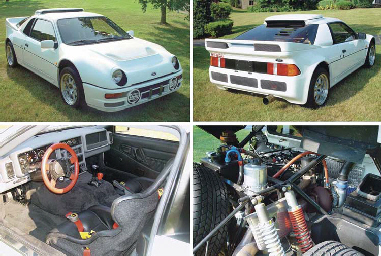
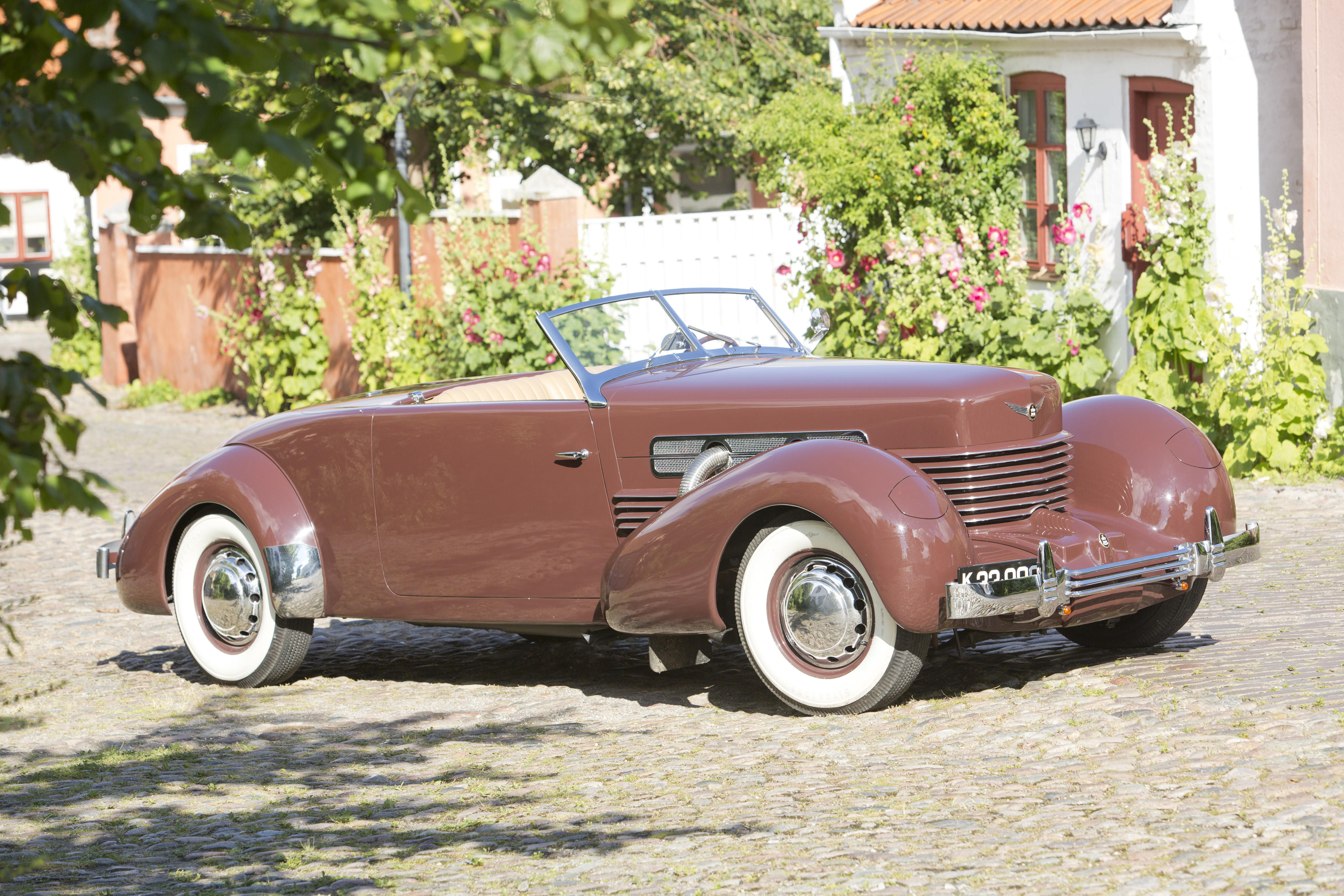
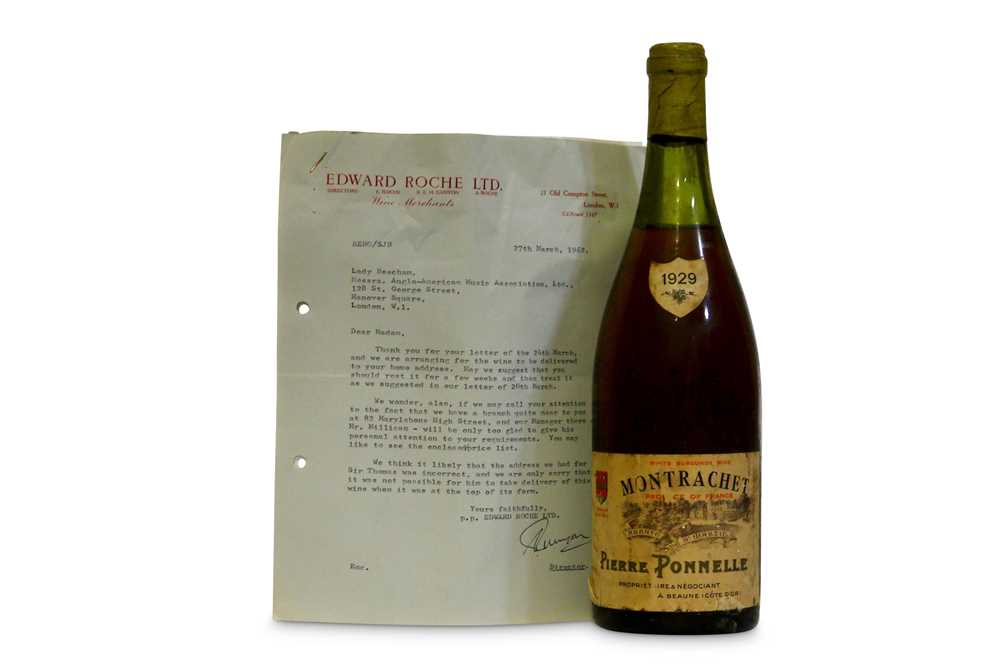






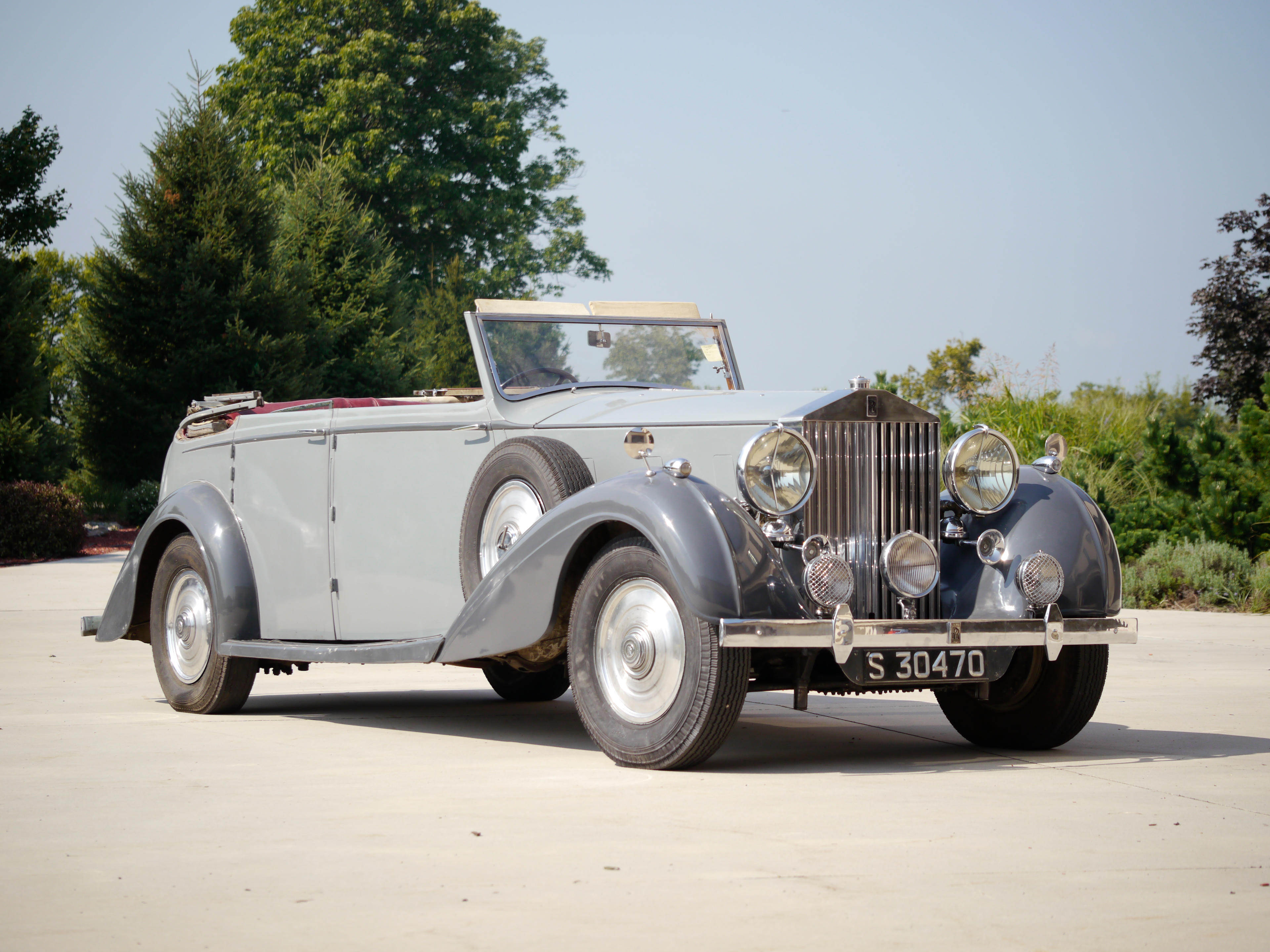
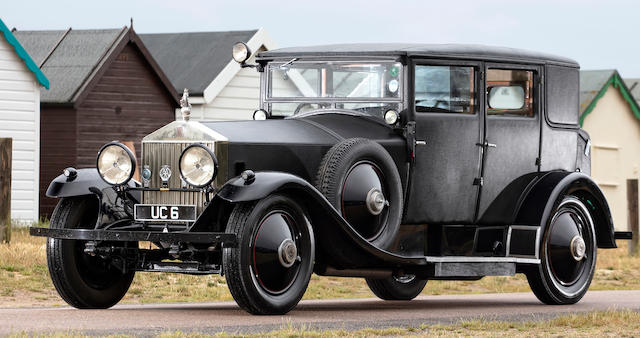

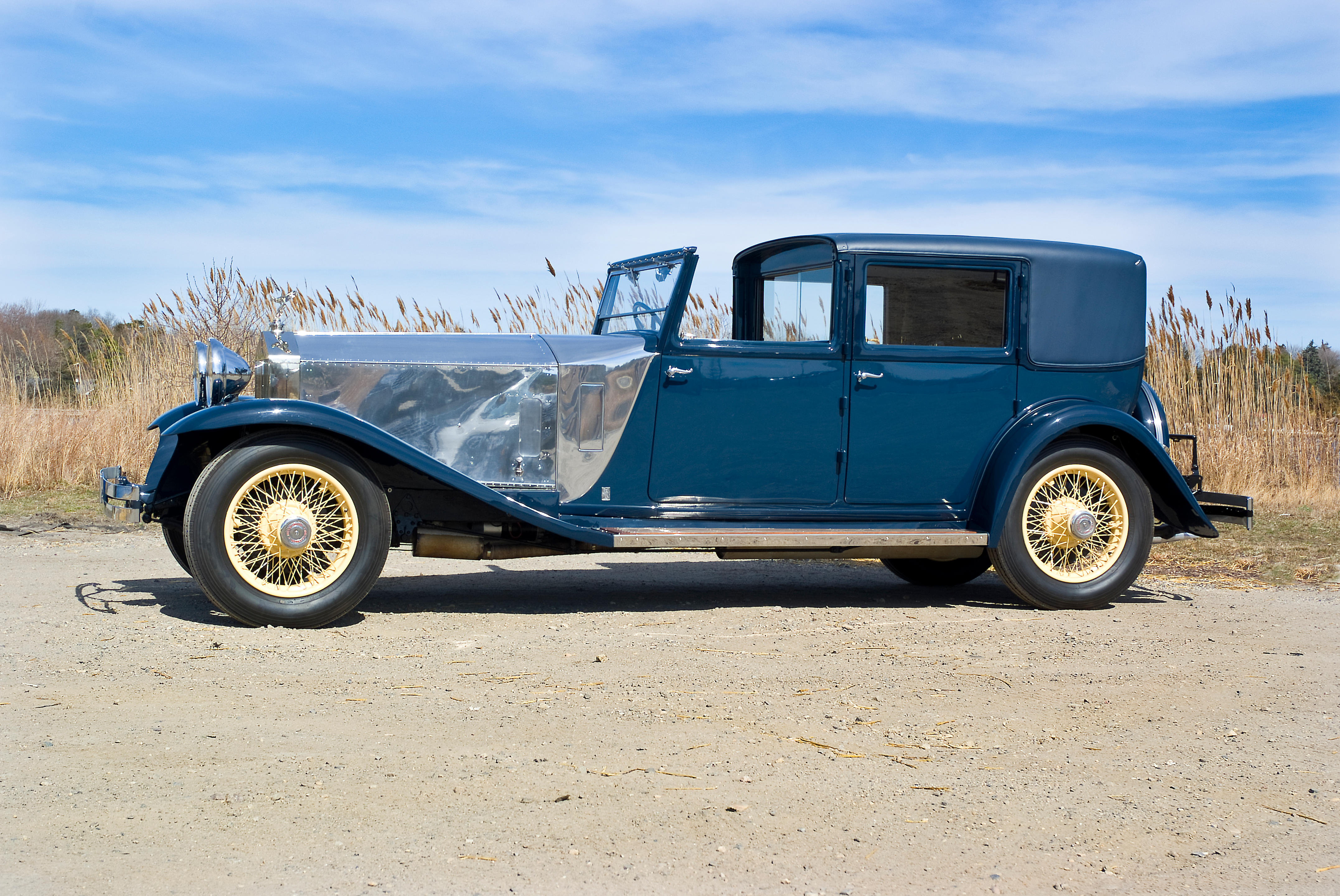
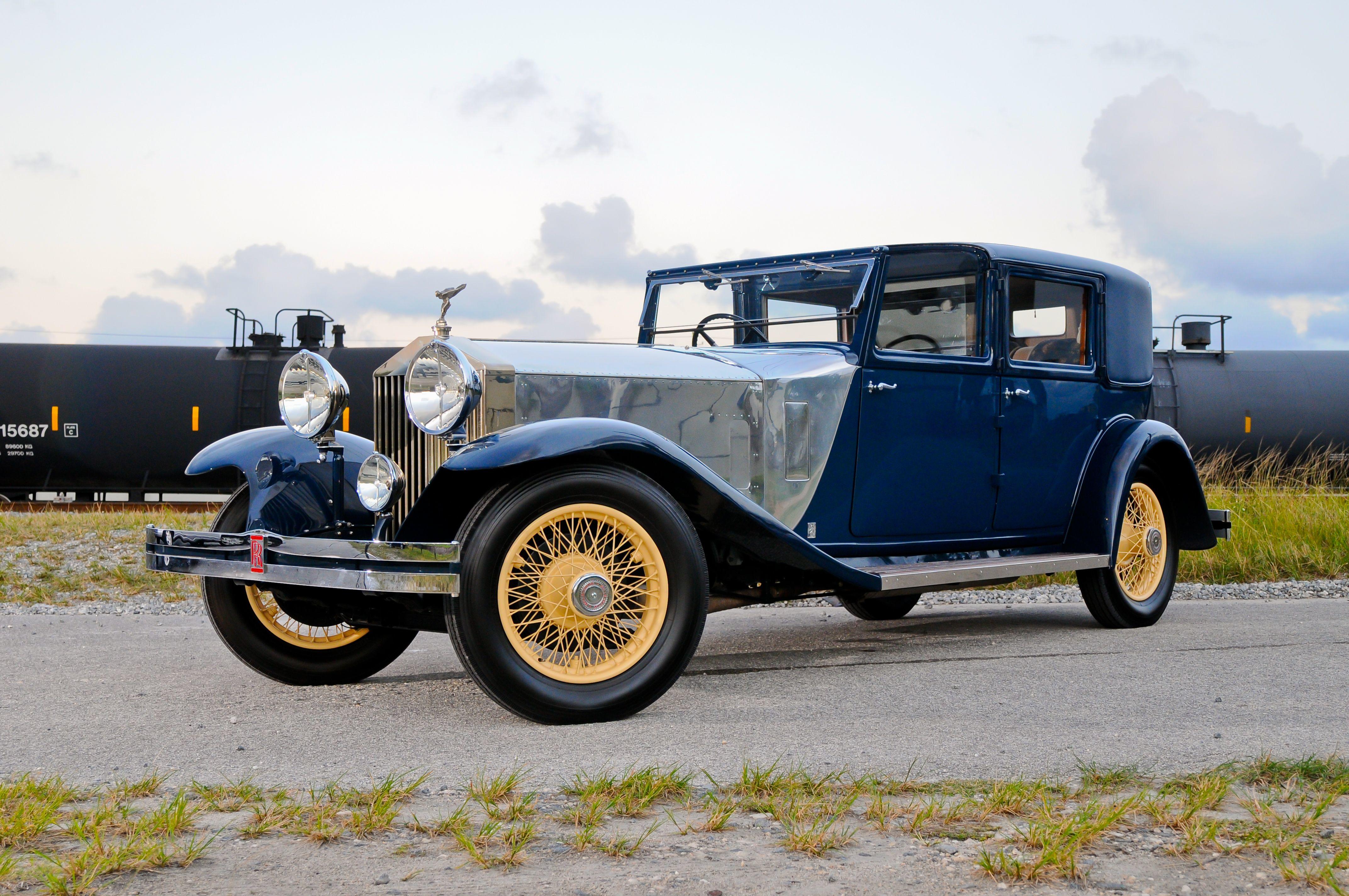
Testen Sie LotSearch und seine Premium-Features 7 Tage - ohne Kosten!
Lassen Sie sich automatisch über neue Objekte in kommenden Auktionen benachrichtigen.
Suchauftrag anlegen